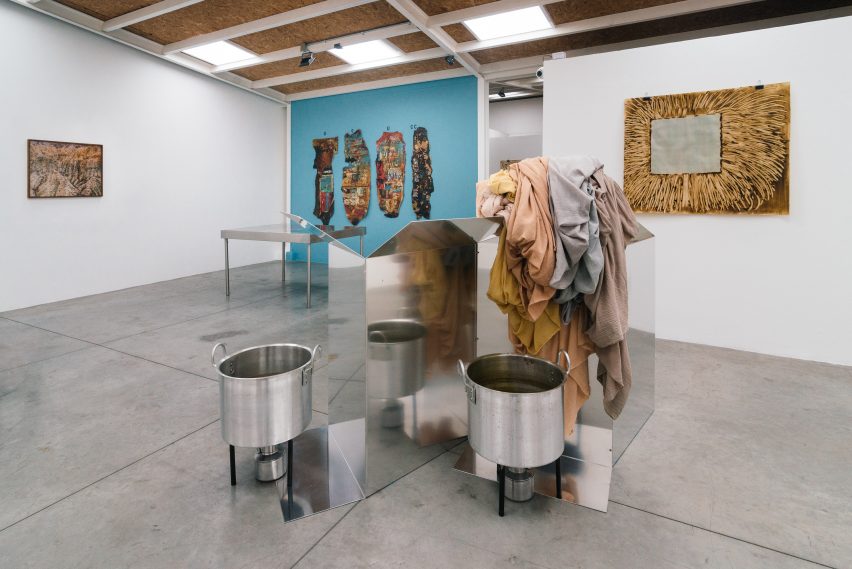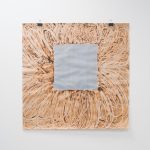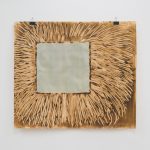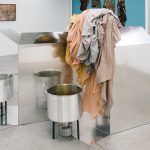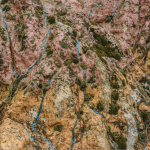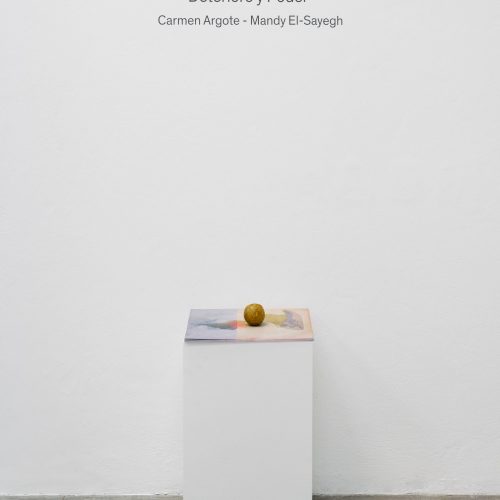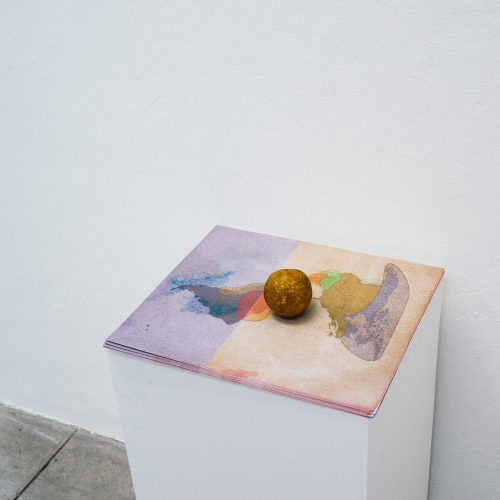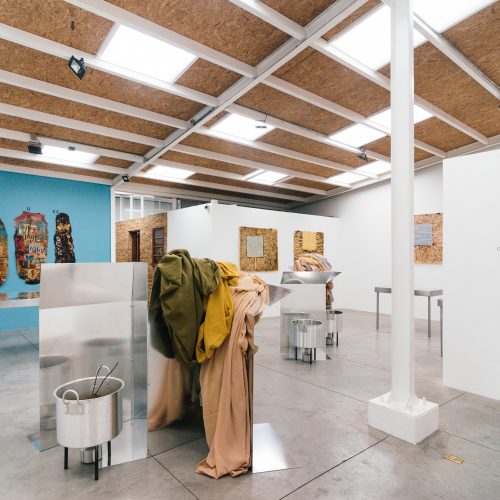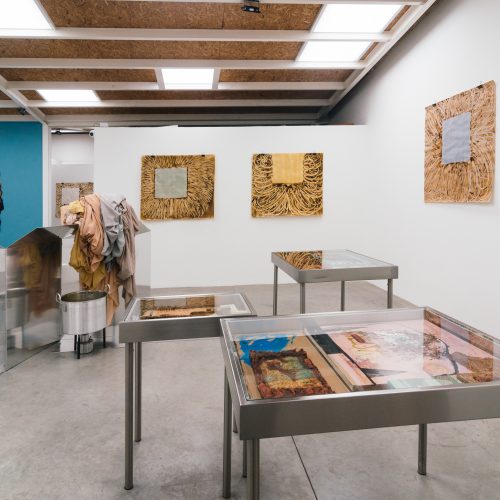Deterioro Y Poder
Carmen Argote & Mandy El-Sayegh at Instituto de Vision
notes about my work
All the work is responding to Bogota and all the work was conceived and made here. It started with looking at the mapa topográfico. I became fascinated by the object because it was a translation of the landscape in relationship to scale and to the body. It allowed me to understand Bogota through a translation, giving me a little distance from the constant proximity of the mountain. I found it through the act of walking.
I was inclined to work with natural materials because of the tension I felt between the mountain and the architecture of the city. I wanted a way to access nature through human translation. I was responding to a human processing of nature. Color extraction became the visual representation of that translation.
I thought about how we as humans use the natural resources by applying some kind of processing element, the most basic of which is cooking/ heating. I was also trying to access some sort of remembering of some kind of lost knowledge through the action of boiling, of color extracting and through natural materials.
The sculptures are in a way, my own translation of the landscape, which coincidently expresses similar colors as the mapa topográfico and its representation of the various elevations in the surrounding landscape. The aluminum structure which is based on a cardboard box, conjures ideas of international style architectural aesthetics found in Bogota, ideas of industrialization, modernization, and of function. Things that I see translated from their European versions into something distinctly Latin American. The pots, the fabric (lienzos) and the natural materials surround this form. I think that these sculptures represent my own version of the mapa topográfico of Bogota.
The aguacate came from two different ideas. The first was based on color extraction, avacado gives a lovely pink. It’s even called “millennial pink” because in Los Angeles people love avacado toast and natural dyes, both of which are are somewhat associated with a middle class lifestyle.
In Bogota, the Hass Avacado is often reffered to as green gold, because of the potential economic opportunities it presents for export to the US. The Hass is preferred because it has a rough skin that could withstand transport and because it’s the kind that US consumers are used to. Hass is from California… but I think the original seed was from Guatemala.
I ended up being able to buy a lot of Hass avacados, so much so que me dio asco comérmelos and I started rubbing them on my face. This lead to the Embarrados.
The Embarrados have two gestures, grabbing towards the body and feeling from the body. These two movements are expressed in the line and composition of the works. The square is where my body is in relationship to the area of the paper/ the composition. When the square is placed on the top edge, the works are more about an offering. When the square is in the center of the frame, the area transcends into a portal.
The ideas were conceived in your home and I find the architecture and the home space somehow really important in the development of this work. The home transforming and accommodating to the studio somehow feels relevant to the ideas of adaptation and translation.
The aguacate oxidizes and changes from green to brown. The color extracted from the natural materials is also changed by the addition of iron sulfate and/or alum which is needed to help the color bind to the fabric (a mordant). Iron sulfate is oxidized iron/ rust.
A photograph is a process of abstracting light, time, and dimensionality. The photograph of the mapa topográfico revert the map making it more real/ closer to the landscape again.
The oil of the aguacate will slowly deteriorate the paper it sits on. The aguacate is an oily oxidized material deteriorating its support.
Lienzo fabrics are processed natural fibers. These Lienzos were produced locally in Colombia.
The Hass Avocado tree is the first patented tree. Here’s more info that I found interesting, especially in regards to its history
https://en.m.wikipedia.org/wiki/Hass_avocado
Sent from my iPhone
